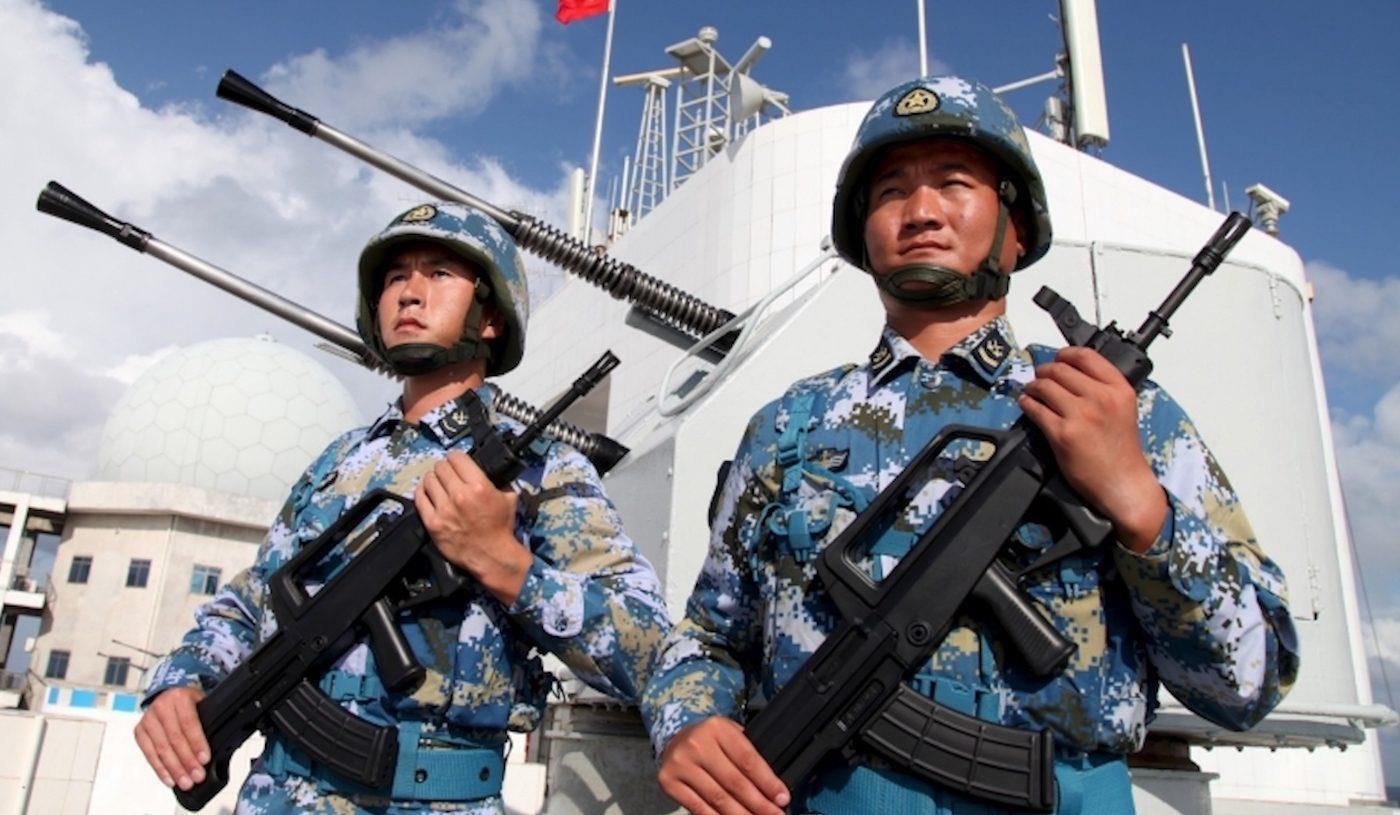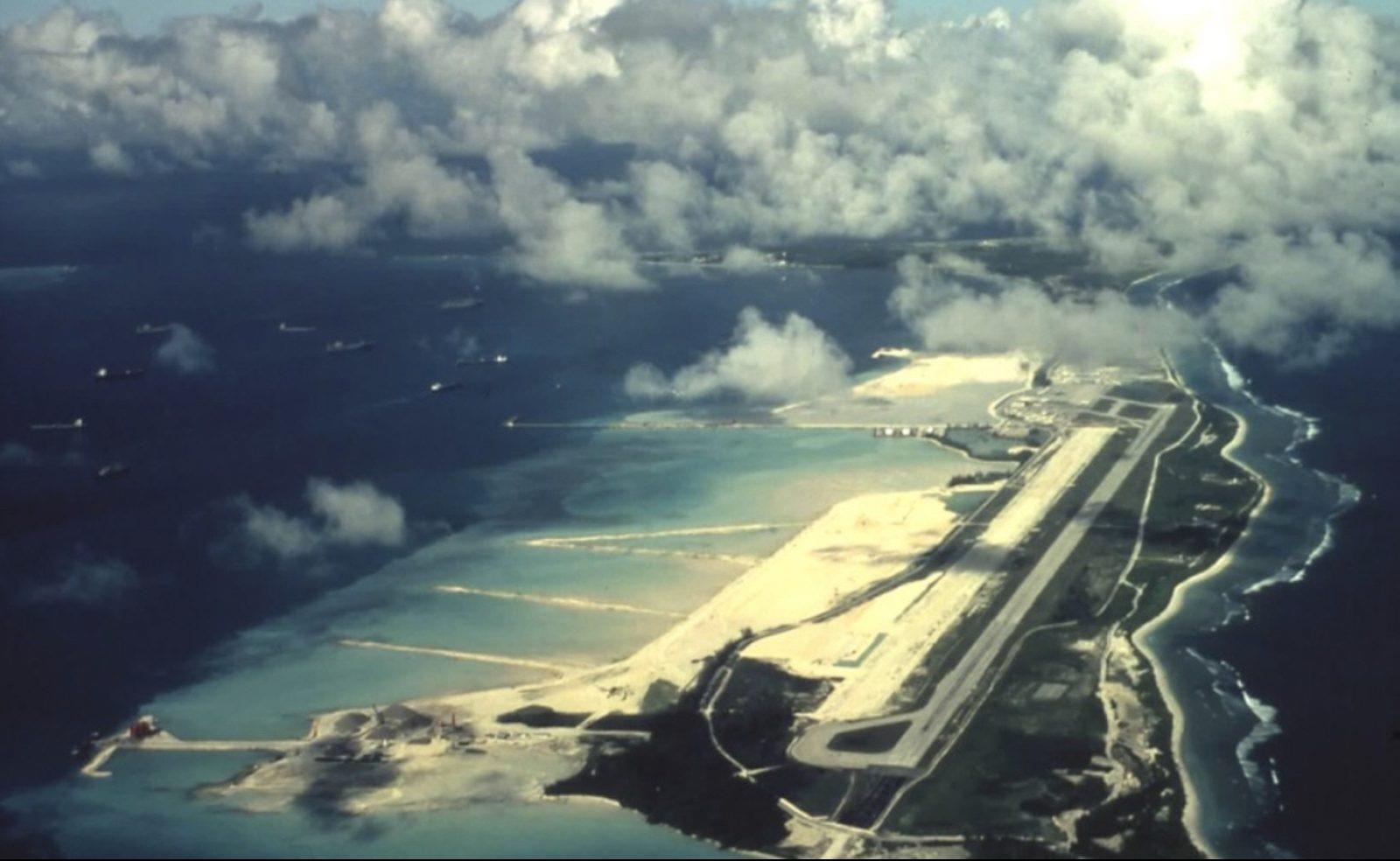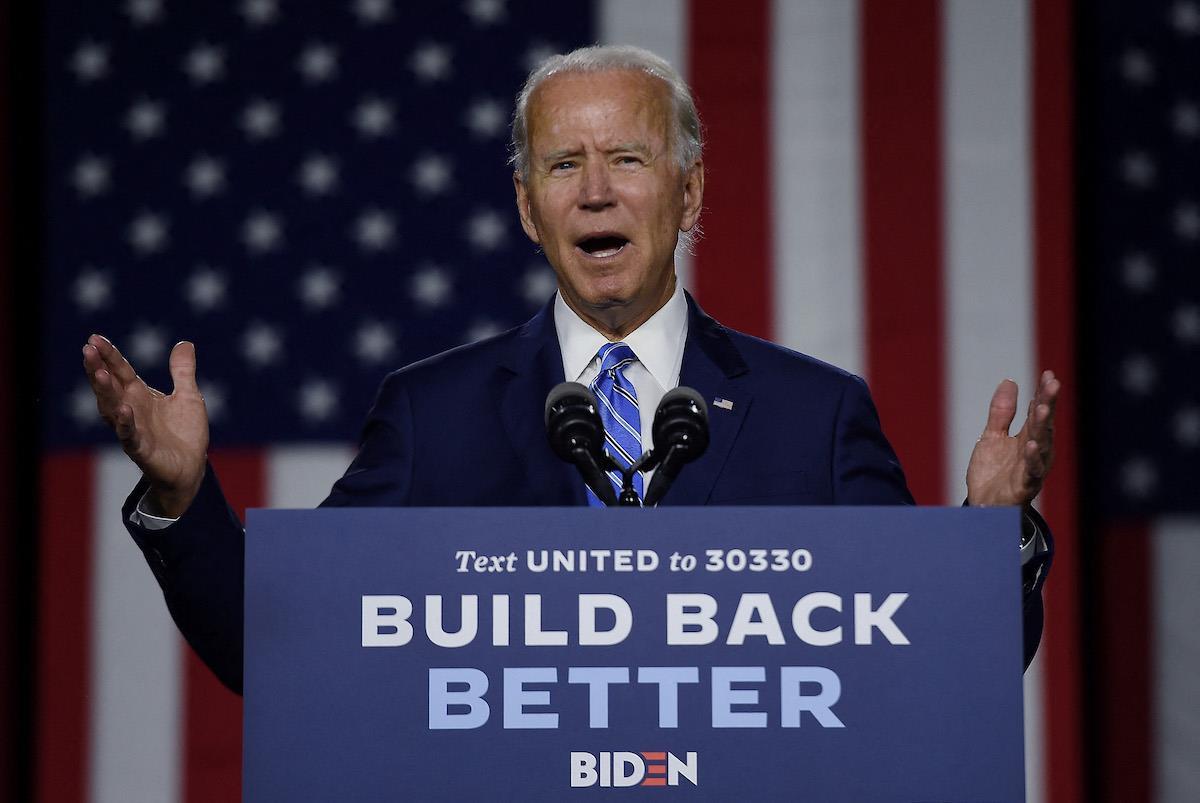(MENAFN- Asia Times) In the wake of the formation of a new strategic alliance comprising the United States, Britain and Australia, President Joseph Biden hosted the first in-person meeting at the White House with three prime ministers: Australia's Scott Morrison, Japan's Yoshihide Suga and India's Narendra Modi.
Biden said at the White House meeting with the Quad, or Quadrilateral Security Dialogue, that it was“completely separate” from AUKUS, or the Australia-United Kingdom-United States pact.
According to official statements, discussions at the Quad summit at the White House were also said to be mainly about vaccine exports to fight the Covid-19 pandemic, efforts to bolster supply chains for semiconductors, and boost“maritime domain awareness”, whatever that would mean.
But any independent strategic observer would be remiss in claiming that AUKUS and the Quad are not intertwined. Although neither the former nor the latter pact specifically and officially identifies China as the adversary, it is obvious Beijing is the target.
A joint statement issued after the meeting was also a bit more explicit on security matters. Quad members, it said, stand for“the rule of law, freedom of navigation and overflight, peaceful resolution of disputes, democratic values, climate change, and territorial integrity of states.”
Japan's foreign press secretary Tomiyuki Yoshida even told reporters at the Quad summit that,“Prime Minister Suga welcomed the initiative of the establishment of the security partnership forged by the three [AUKUS] countries … which is taking an important role for the peace and stability of the Indo-Pacific region.”
The BBC reported that Yoshida also“raised concerns during the talks about Beijing's assertiveness at sea, its trampling of Hong Kong's special status and Chinese action towards Taiwan.” So what few wanted to say openly was, after all, spelled out by the Japanese.
The Chinese definitely got the message. A day before the White House summit, Chinese foreign ministry spokesman Zhao Lijian told the media in Beijing:“China always believes that any regional cooperation mechanism should not target a third party or harm its interests. Seeking exclusive closed cliques against a third country runs against the trend of the times and aspiration of countries in the region. It will find no support and is doomed to fail.”
Defending China's territorial claims in the South China Sea, Zhao said:“China is a builder of world peace, contributor of global development and upholder of world order.” But that may not be what the other countries which are involved in the dispute —Vietnam, the Philippines, Taiwan, Malaysia, Brunei and even Indonesia if the Natuna Islands in the southernmost part of it is included — see it.

Chinese PLA Navy soldiers on a naval vessel in a file photo. Photo: Twitter
AUKUS is significant because it includes Britain. Britain's departure from the European Union, or“Brexit”, has made it possible for London to collaborate more closely with the US on the international stage — and that may actually be one of the main reasons why it took that step.
It should also be taken into account that Diego Garcia, a major US military base in the Indian Ocean, is actually situated on British-owned land, the British Indian Ocean Territory, from where the native population of nearly a thousand people was forcibly relocated to Mauritius and the Seychelles when the US first leased the island and built its military installations there in the late 1960s and early 1970s.
The facilities on Diego Garcia were used to track the Soviet navy throughout the old Cold War. In more recent years, Diego Garcia has played an important role as a logistics base for the wars in Afghanistan and Iraq.
Apart from serving the US army, navy and air force, the highly secretive base, which is off-limits to civilians other than defense contractors, also has an emergency site for the NASA Space Shuttle, and equipment for sophisticated signals intelligence operations in the Indian Ocean.
More controversially, Diego Garcia has also been identified as a US Central Intelligence Agency (CIA) so-called“black site”, where terror suspects were kept and allegedly tortured after the 9/11 terror attacks and the subsequent US invasion of Afghanistan in late 2001.
As for Australia, AUKUS will also make it one of few countries in the world to have nuclear-powered submarines, which will increase Australian mobility, range and stealth in the Indian and Pacific oceans.
Australia has two small territories in the Indian Ocean, Christmas Island with 135 square kilometers and a mixed Caucasian, Chinese and Malay population of only about 2,000 people, and the even smaller Cocos (Keeling) Islands, which measure 14 square kilometers and are home to fewer than 600 people, Caucasians on one of its two islands and ethnic Malays on the other.
Christmas Island, located 350 kilometers south of Indonesia's main island of Java, and has been used to intern asylum seekers, mainly from Sri Lanka and the Middle East who attempted to enter mainland Australia by boat.

An aerial view of America's leased Diego Garcia military base in the Indian Ocean. Photo: Facebook
The airport on Christmas Island may not be of much military use. The Cocos (Keeling) Islands, though, have an airport that was built during World War II and was then used in the war against Japan. It measures 2,441 meters and is far too big for civilian needs of such a small island.
The 2016 Australian Defense White Paper stated that the airfield will be upgraded to support the Royal Australian Air Force's P8-A Poseidon maritime surveillance and response aircraft.
In 2020, Australian minister for defense industry, Melissa Price, announced that work would commence at a AUS$184 million (US$133.5 million) project to refurbish the islands' airport. Talks have also been ongoing between Australia and India about cooperative use of the Cocos (Keeling) Islands and India's Andaman and Nicobar Islands. That would likely include joint searches for Chinese naval ships and submarines in the Indian Ocean.
But despite all the strategic advantages that the countries concerned about the rise of China have, the main question remains: what can those largely informal alliances actually do to achieve what they have been set out to do, namely to deter China from increasing its presence in the Indo-Pacific region — unless, which is extremely unlikely, they are prepared to confront China militarily?
So far, apart from forging alliances and making statements, the focus appears to have been on soft power projections where China is at the back of the minds of the region's strategic planners.
While China's multi-trillion-dollar infrastructural Belt and Road Initiative (BRI) aims to support the construction of ports, railroads and highways globally, already in August 2016 then-Japanese prime minister Shinzo Abe initiated a Free and Open Indo-Pacific (FOIP) strategy where the emphasis was on the quality of projects similar to those of the BRI rather than on quantity, as the Chinese seem to measure the progress of their projects.
Japan was also the driving force behind the establishment of the Trilateral Infrastructure Initiative in 2018 with Australia and the US.
Among FOIP projects announced so far are the construction of bridges in Cambodia and Laos, improvements of ports in Vietnam and the Wattay airport in Laos' capital Vientiane, road projects in northeastern India, and, at least until a military coup in February, ports, roads and railroads in Myanmar.
Earlier this year, Biden announced Washington's own plan to rival China's BRI: Build Back Better for the World. Backed by the G7 — Canada, France, Germany, Italy, Japan, Britain and the US — it is, according to a June 12 White House press release,“a values-driven, high-standard, and transparent infrastructure partnership led by major democracies to help narrow the $40+ trillion infrastructure need in the developing world, which has been exacerbated by the Covid-19 pandemic.”

Biden is promising to Build Back Better to compete with China's Belt and Road Initiative. Photo: AFP / Olivier Douliery
How the world will look after all those Chinese, Japanese and US initiatives is anybody's guess. But the big test, and that would go way beyond civilian development projects, will come if and when China moves to invade Taiwan.
Even if it is seldom said, that is the main concern above anything else that China may try in the Indo-Pacific region, more than possible clashes in the disputed South China Sea.
If AUKUS and the Quad do nothing, they would appear toothless and, as Zhao said, their efforts to would be“doomed to fail.” But if the blocs do take action, it would eventually mean war in the Indo-Pacific region. Only time will tell what China's next move will be towards its increasingly active adversaries and, especially, in regard to Taiwan.
MENAFN25092021000159011032ID1102863844